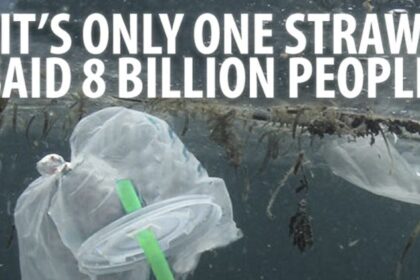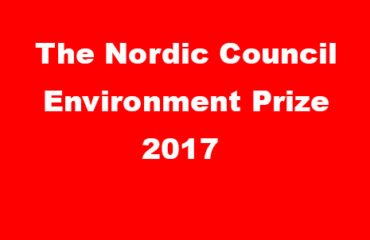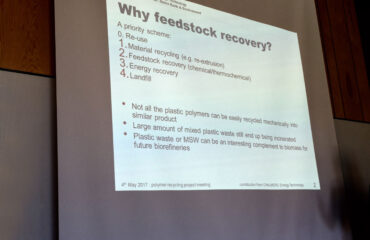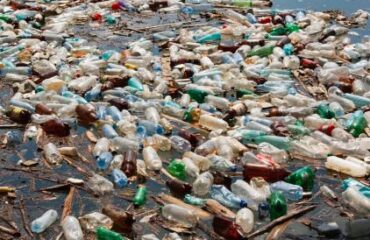
Plastic pollution is not only a waste challenge, but a production, consumption and handling issue which must be tackled upstream where plastic is produced and consumed.
Time to take the next step
Time for change
#Swestep – All residues come to use
SOURCE: UCN Water Programme



